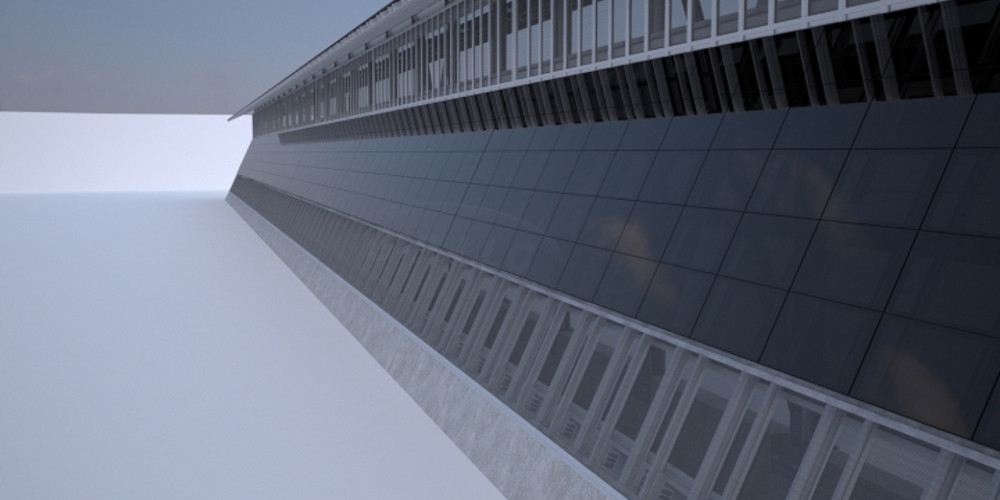U.S. President Donald Trump announced in his electoral campaign that he wanted to build a wall along the nation's southern border with Mexico. After the election, discussions began on how the project could be financed. At a recent meeting in Iowa, Trump said that solar modules could be installed at the wall, and that this would effectively cover the cost of the construction works.
Eicke Weber, who is the former head of Germany’s solar energy research institute Fraunhofer ISE and whom now works at the University of Berkeley, California, said in an interview with German magazine Der Spiegel that a solar plant in the area of the wall would be economically viable.
In the region, a solar power production capacity of between 1,500 and 2,000 kWh per kilowatt per year is possible. Although the modules may not necessarily be installed at the optimum angle, a production of between 1,000 and 1,500 kWh per each installed kilowatt is also achievable, Weber said. The region, the scientist added, has a solar LCOE between $0.03 and $0.05/kWh, and this makes PV very competitive. According to him, the project could be amortized in a 5-6-year period.
The plant could be 3,000 km long and five meters high, thus requiring a surface of 15 million square meters. If modules with a power range of 300 W to 400 W were to be used, the solar park could reach a total capacity of 5 GW.
Weber concluded that he is glad that Trump, who is an avowed climate change denier, has proposed to use solar for his controverial border wall, and is encouraged that the president has at least begun to consider solar and eventually wind as viable options to produce power.
The idea of installing solar plants at the wall is not new. One of the recent proposal for building the president’s barrier, submitted by the Las Vegas company Gleason LLC, included the installation of a 2 MW solar array. According to the company’s proposal, the solar panels will power the wall’s lighting, sensors and patrol stations.
Gleason’s proposal also said the 2 MW system would sell excess power to utilities, which would cover the cost of its construction in 20 years or less.
This content is protected by copyright and may not be reused. If you want to cooperate with us and would like to reuse some of our content, please contact: editors@pv-magazine.com.




WAHT???
Assuming that renewable energy stands for decentralised energy production and hence democratisation of energy production and subsequently democratisation of the society, I am very much ‚surprised‘ that Trump’s ‚The Wall‘ project against Mexico is blessed to have a pay back time of six years, when equipped with solar modules.
What is next?
Payback time calculations on a friendly illuminated dam in the middle of the Mediterranean Sea, with electro chocks friendly provided by peaceful solar power modules?